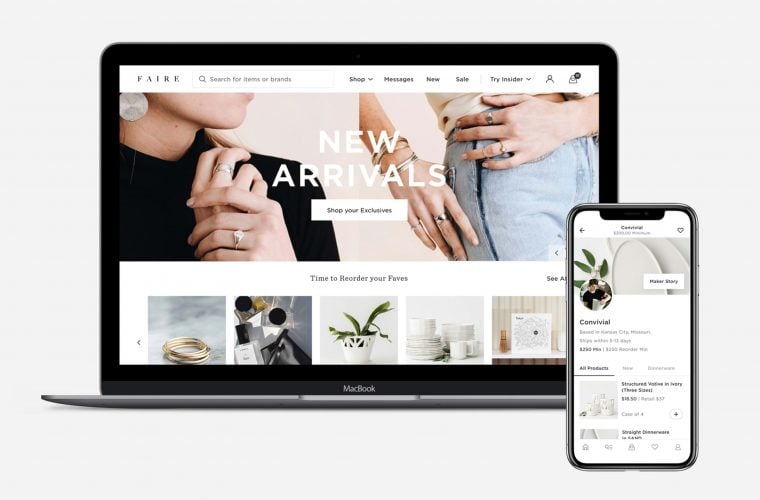
How Small Retailers Can Create a Brand Story
Luxury retailers like Tiffany & Co., Burberry, and Coco Chanel do an amazing job of creating what marketers call brand stories. With these companies, customers see themselves as part of a special group, using company’s products to craft their own life narratives.
Your small retail store might not have the global clout of Michael Kors or Jimmy Choo, but you can still create a powerful brand story. Build a story around how your customers see themselves and your own deeply held values, and then tell your story with everything you do.
Creating Your Narrative
You probably have a mental image of your core customer. For example, if you run a small bookstore in a university town, your typical customer might be a student or professor at the university. If you live near a national park and sell kayaks and mountain bikes, your typical customers could be affluent families on vacation, or they could be solo adventurers and athletes.
What Customers Want to Believe About Themselves
To take brand storytelling to the next level, understand how customers want to see themselves. The bookstore customer might want to feel intellectual and unique. Customers who buy mountain bikes might want to see themselves as adventurous nature lovers. Your brand story shows customers how your products help them be who they want to be.
Your Core Values
The other side of your brand story involves sharing your core values. A local jeweler probably enjoys helping people celebrate life’s special occasions. The local pet shop owner feels passionate about animal welfare. An authentic story incorporates your values in addition to what customers want for themselves.
Telling Your Story
Once you’ve developed your brand story, it should influence every business decision that you make. Let’s take a look at how brand story influences merchandising, marketing, and customer service.
Merchandising and Inventory
Within your inventory mix, do you stock merchandise that appeals to your customer’s internal narrative? Do you have enough products to give core customers what they want, or do you have too many products because you’re trying to be all things to all people?
When you merchandise, your displays should help customers visualize themselves being happy while using your products. For instance:
- The bookstore. Stock bestsellers, but make sure you keep a deeper inventory that features unexpected titles. Ask employees to write quick recommendations of quirky books they like and place the recommendations on the shelves beneath each book.
- The kayak and mountain bike retailer. Capture add-on sales by expanding your inventory to include equipment for camping and backpacking. Encourage customers to take photos of themselves on their adventures, and then create a framed display of those photos in your store.
Marketing
Everything you use for marketing, including print ads, email, social media, digital ads, and broadcast commercials, must incorporate copy and images that convey your brand story. The jeweler, for example, would send different emails during graduation season. The images would show new graduates thrilled by receiving a new piece of jewelry, and the text would tell customers how giving jewelry to graduates can make them feel generous, loving, and family-oriented.
Customer Service
Your customer service culture should revolve around your brand story. If your story is about helping customers feel special and pampered, you’ll have to train employees to proactively greet customers, recommend items to them, and help them with every aspect of their purchases.
Local retailers also build customer relationships within the community, so you should only participate in events and community projects consistent with your brand story. The pet shop could offer a free bag of pet food to customers who adopt an animal from a local shelter, or they could sponsor a dog and cat beauty contest and donate part of the sign-up fee to an animal welfare charity.
How Your Products Help Customers Live the Lives They Imagine
Ultimately, your brand story does the same thing that Tiffany & Co. or Burberry’s brand stories do: It tells customers how your products will make them the people that they want to be. Don’t be discouraged by the size of your business when compared to these masterful giants of storytelling. What you lack in size and budget you can make up for in creativity and imagination.
Contributed by Michaela Kajiwara, freelance writer.
Photo Credit: Provided by Business Outreacher with permission to use. Shutterstock image.














